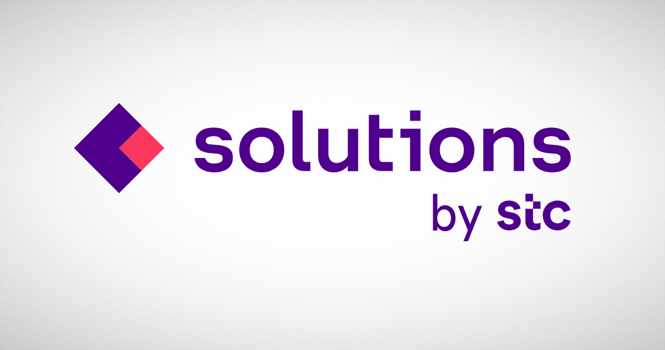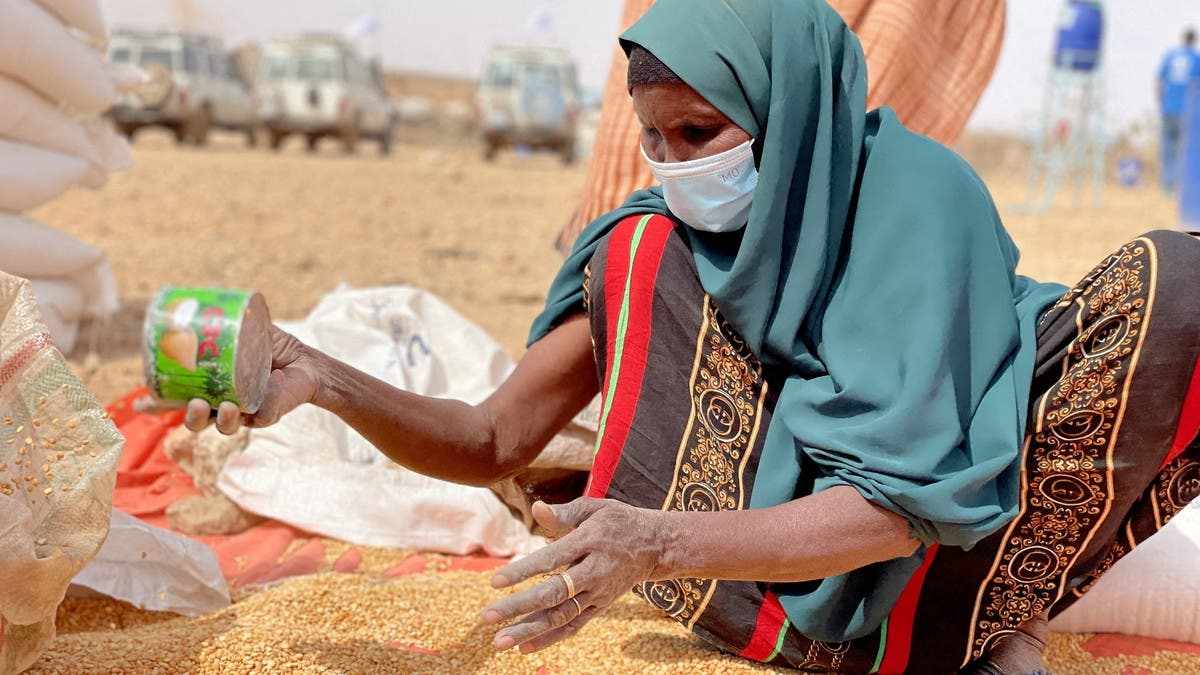COVID-19, US GDP and productivity loss: What we know
- Date: 23-Oct-2021
- Source: World Economic Forum
- Sector:Economy
- Country:Middle East
COVID-19, US GDP and productivity loss: What we know
New research looks at the impact of productivity loss in contact-intensive industries on US GDP during the COVID-19 pandemic.
Researchers used Hulten’s theorem to estimate the impact.
Their findings are explored below.
While the shocks from COVID-19 were concentrated in a handful of contact-intensive industries, they had rippling effects throughout the economy, which culminated in a considerable decline in U.S. GDP. In this post, we estimate how much of the fall in U.S. GDP during the pandemic was driven by spillover effects from the productivity losses of contact-intensive industries.
Contact-intensive industries and COVID-19
Contact-intensive industries, to varying degrees, rely on physical proximity and personal interaction to operate. Within these industries, businesses that were deemed “nonessential” by state and local authorities were temporarily closed, whereas “essential” businesses continued with altered operations. Suspended travel, an uptick in online-ordering services, limited indoor capacities, and remote communication technologies became the new normal. The substantial changes that occurred within these industries ultimately had broader implications for the economy.
The diagram below illustrates how a productivity shock—such as the one induced by COVID-19—can ripple through the supply chain network. The introduction of a shock to industry “A” is represented with a red circle on the























